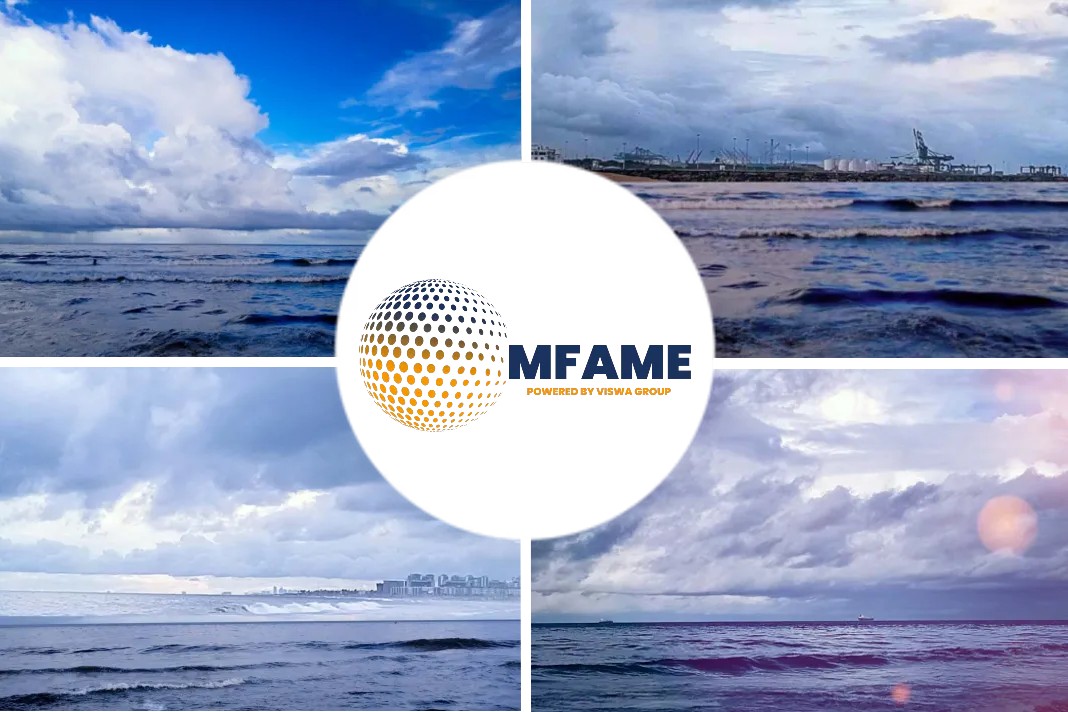The number of accidents that happen onboard a ship while at sea underlines the importance of safety equipment training for the seafarers and Safety4sea understood that so they spoke to Mr Iasonas Lalizas, Marketing Communication Manager at Lalizas Hellas.
Today we are going to put forward that insight.
In the following excerpt from the Interview, Mr. Lalizas highlights that periodical trainings of the crew, onboard visual product inspections and maintenance are key practices for the proper operation of lifesaving equipment on board and refers to safety challenges that lifesaving equipment manufacturers face
What are currently the biggest safety challenges with regards to the regulatory landscape of lifesaving equipment?
Iasonas Lalizas: As a lifesaving equipment manufacturer, our biggest safety challenge is to stay proactive. We have to follow up all the market trends and discussions that are on the table, in order to provide right on time the accurate and certified product to our partners. We need to be one step ahead in order to understand what might change in the future in terms of safety regulations. In addition, local legislations and restrictions or enforcements make this duty more demanding and challenging.
Which best practices would you recommend from your perspective to enhance safety performance on board?I.L.: Knowledge is the key to enhance safety performance on board. Periodical trainings of the crew, onboard visual product inspections and maintenance are always good practices; they play a crucial role in ensuring that everyone is well aware of both the condition as well as the proper operation of lifesaving equipment on board in case they have to use it.
Have you noticed any trends during the last years and a possible alarming trend for the years to come with respect to the handling of lifesaving appliances on board?
I.L.: We have noticed that services are often provided by service stations that are not authorised by the equipment manufacturers. This unfortunately means that they provide spare parts and maintenance which are not approved by the manufacturer, and thus of lesser quality. Also, some service providers do not provide high quality services in regards to LSA and FFE on board; this is dangerous and we urge everyone involved to be careful when it comes to the service of this kind of equipment. Shipping companies should choose their partners based on product and service quality because safety is not just a product, it is an ongoing process.
How is the crew responding to the use of lifesaving equipment on board? How can they be better prepared?
I.L.: Knowledge is very important, especially in this industry where human lives are daily under risk. What we suggest for the crew in order to be better prepared is to keep on learning as much as they can for lifesaving equipment. Onboard training courses are essential, and the crew needs to be open to this, and why not asking for it! Our experience has shown that details about the proper maintenance, thus operation, of lifesaving equipment are not well-known, although it is of extreme importance.
Are there any issues that industry needs to address with regards to the maintenance and inspection of lifesaving appliances?
I.L.: A key issue that the industry needs to address regarding maintenance and inspection of lifesaving appliances is the provision of those. It is very important the above to be performed by authorised providers, securing the proper operation of lifesaving equipment. We all need to be part of this safety culture and not just do the bear minimum in order to comply with the regulations.
In your view, has the industry been successful in implementing safety culture?
I.L.: Lately, we tend to see that more and more shipping companies are implementing many processes which protect crew members on board, many of them with the help of the lifesaving equipment manufacturers. Additionally, they are looking for sources that will help them to educate their people through trainings for a better overall safety culture on board. From our side, we have seen an increased demand of these trainings, showing that knowledge is much appreciated.
Is there anything you would like to see operators do differently or better with regards to the operation of lifesaving appliances?
I.L.: They should always follow manufacturer’s instructions. I am aware that they tend to rely on their experience at sea, but they should always trust the instructions provided. A lot of times we see failures because of the improper use and storage of equipment. We, as manufacturers, need to make both instructions of use as well as the usage itself as easy as possible for the convenience of operators.
What is your key message to ship operators with regards to lifesaving equipment on board?
I.L.: Always cooperate with reliable manufacturers that have global presence and can support you in most ports around the world. They are the ones who can ensure that you will always have the most appropriate and of course certified products on board. Having an established network of service stations with spare parts and certified technicians is always an asset, and something to think about when choosing the correct manufacturer for your lifesaving equipment. Those are the things you need to keep in mind, in order to ensure the safety of your crew members on board.
Did you subscribe to our daily newsletter?
It’s Free! Click here to Subscribe!
Source: Safety4Sea
















